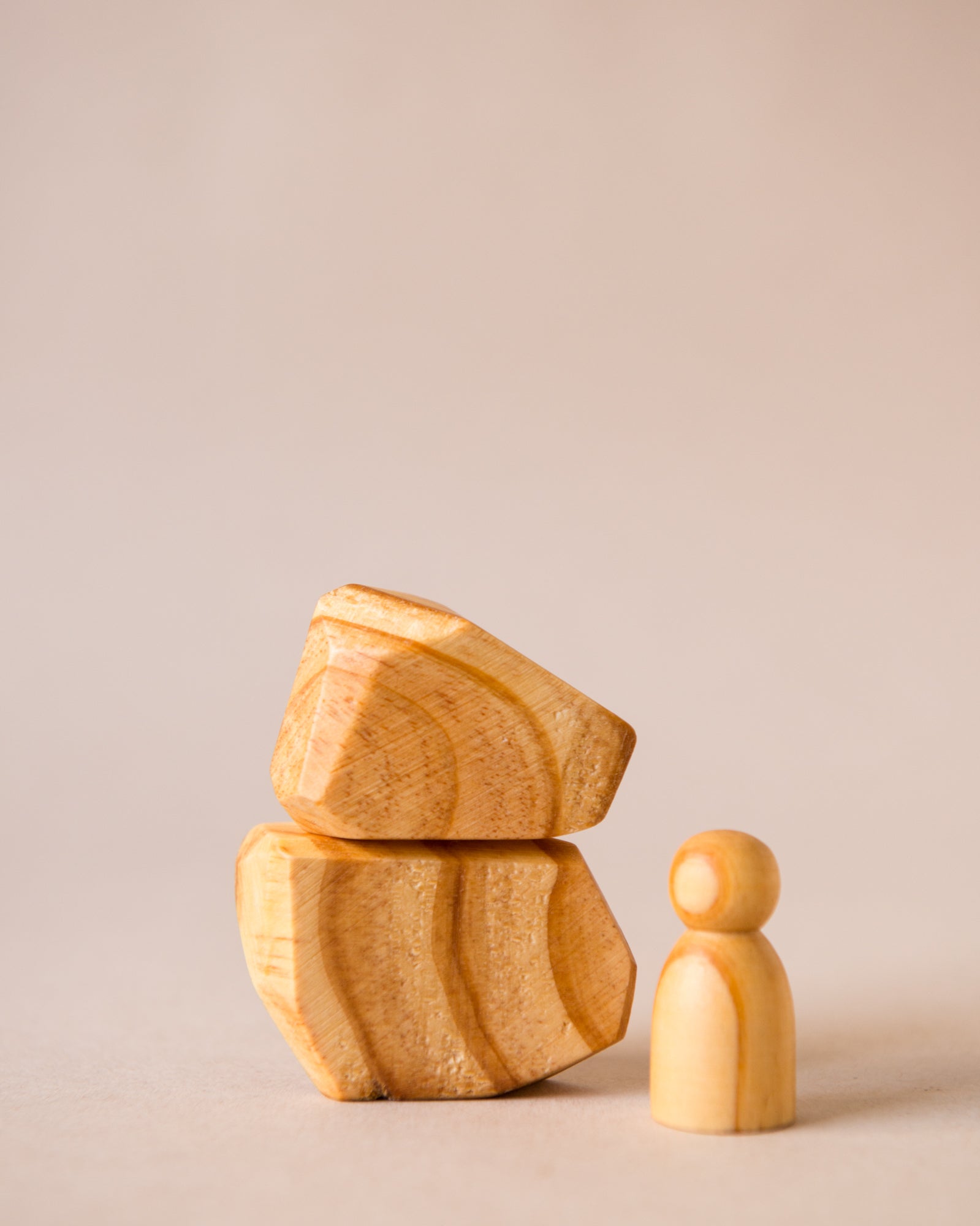
there have been countless debates about what should and needs to change in the education system today – given where we are and given the future.
even in India, an increasing number of parents are pulling their children out of mainstream school and opting to home or un-school them. their reasons for doing this usually centre around the concept of “school” not being adequate for 21st century education:
- schools being overly focussed on last-century narratives of knowledge and logic, while new (softer) skills have been growing in both importance and relevance
- the one-size-fits all approach in traditional schooling simply does not work when we know all that we know about multiple intelligences
- when the workplace of the future seems to be much more rich, diverse and having varied skills than the workplaces of the past
while the choice of school is entirely up to the parents, and every system has both its merits and its demerits – its important to perhaps re-look at the “skills” required for the future and make sure we structure our children’s time in a way in which they get to develop these skills.
skill one: imagination, creativity – the ability to think up and create things that don’t yet exist
a skill needed in the future
everything changes in the future, but what doesn’t change is that we (human beings) have the power to shape it, to make of it what we want to. with a new sort of revolution underway – we’ll soon have a world that we haven’t yet fully imagined replete with virtual worlds, and a reality that is significantly different from where we are today.
we will need people to create these new realities, too imagine these spaces, to build these worlds. we need people with imaginations as fertile as a well mineral rich field to create a world that makes the future exciting, beautiful and worth looking forward to.
uniquely human
arguably machines can do a lot, and they’re constantly being geared to do more and more every day.
but they can only do so much – they can’t yet (or in the near future) create things that haven’t yet existed. this is because their “learning” algorithms are iterative and linear, based on generating possibilities given the knowledge of all that is tangibly known. they cannot make non-linear connections, creative leaps, they cannot understand the “feel” of things, and they cannot wrap their heads around human problems and create designs that make life better.
this is still the prerogative of humans. thank god.
all humans are creative
we’re all fundamentally creative beings. children are born creative, the way in which the brain makes connections (non-linearly) is by forming associations between seemingly disconnected things. this neuronal brain mesh network is the birthplace of creativity.
all children between the ages of 2 to 7 start entering imaginative play where they infuse life into a wooden toy and it transforms into a race car, or they imagine a stump of wood to be a trampoline for the tiniest of their peg dolls – who has just finished her cry and is beginning to feel better.
but unfortunately, we lose that creativity along the way
in 1968 professor George Land conducted a research study to test the creativity of 1600 children ranging in age from 3 to 5 years. since the test was longitudinal, he re-tested these children at age 10 and then again at age 15.
he had devised this test initially for NASA to help them select innovative engineers and scientists. the test worked so well for NASA that he decided to re-model it for children.
the test was to look at a problem and come up with new, different, “innovative” ideas. the results were astounding

% of people who scored at “genius level”
5 year olds: 98%
10 year olds: 30%
15 year olds: 12%
adults (average of 31 years): 2%
somewhere along the way, we lose our creativity.
some possible reasons for this are:
one: the right answer
an overt focus on “the right answer”: schools, exams constantly focus on one correct answer. and everything boils down to this – a correct way of drawing, playing, thinking, knowing, doing.
but to solve new problems, one needs new solutions. and this needs overt focus on the “correct way” needs to be not-so for the creative mind to flourish. the creative mind needs to be able to see possibilities – many ways to achieve something, its only once those initial possibilities are generated that they can be pruned and the “best of” created.
two: fear of failure
we’re constantly told that its not okay to fail. failure means red marks, failure means being held back, failure means stupidity… failure is usually associated with all sorts of negative, downright awful things.
but this is awful for the creative process! when creating something that has not been created before one is bound to fail. again and again. and without these failures, there would be no learning, there would be no growth and there would be no new creative things. we need to learn how to fail and fail well in order to succeed in a creative world of work.
three: rules
everywhere. in our pursuit to make sure that our children get everything and know everything, we guide them every step of the way. the way we guide is usually by setting up a "holistic" time table:
- school
- swimming class
- tuition
- french class
- puzzle/activity time
- etc.
kids who are bound by such schedules and rules every step of the way rarely get to learn how to direct their own time. given the options of possibilities, they rarely get to sit and reflect upon what they would like to do and structure their own time accordingly.
this leaves them with a weakened “internal locus of control”.
they slowly lose the ability and confidence to be able to guide themselves, constantly seeking guidance from the parent or teacher – what should i do now?
this is damaging to the creative self, because being creative means being able to direct the outcomes by oneself – and this is something we all need to be cognisant of.
so what we can do differently
it’s simple really. let kids have more open ended, self directed, unstructured playtime. pick toys that are open ended, that allow for more possibility, toys that don’t come with a rulebook and a linear method of operation. pick toys that are 10% toy and 90% child. don’t overly instruct children on how to use them, let them use them in all the ways they can imagine. remember, they are way more creative than you are, and your telling them how to play with a toy only makes them lose their creativity quicker ;)
let their creativity ignite yours! they say the creative adult is the child that survived! find your inner child when you’re with them and get down and play! perhaps even you’ll come upon an interesting new idea or thought that helps you out at work!
just try.




Leave a comment